
CREATING A KNITTING GARDEN
AN EXAMPLE OF HOW TO FOLLOW THE THEME GARDEN PLANNING + DESIGN PROCESS
01. PICK A THEME
What is a theme? It's the idea that pulls all the elements of a garden together. Themes also...
-
focus your design
-
help in the selection of materials (plants, hardscapes, furniture, etc.)
-
tell a story
Designing a garden is similar to writing a paper. Before you write it's important to choose a topic, then have the content to support it. You can write about thousands of things, but the topic helps you focus. This is the same in garden design. There are thousands of ways to design your garden, but by narrowing in on a topic or theme, choices become a lot easier.
Honestly, it's a lot more fun too and your creativity just spills over. Themes can be inspired by your collections, travels, hobbies, favorite foods, or anything that you can imagine.
Of course, this garden theme example will be KNITTING!
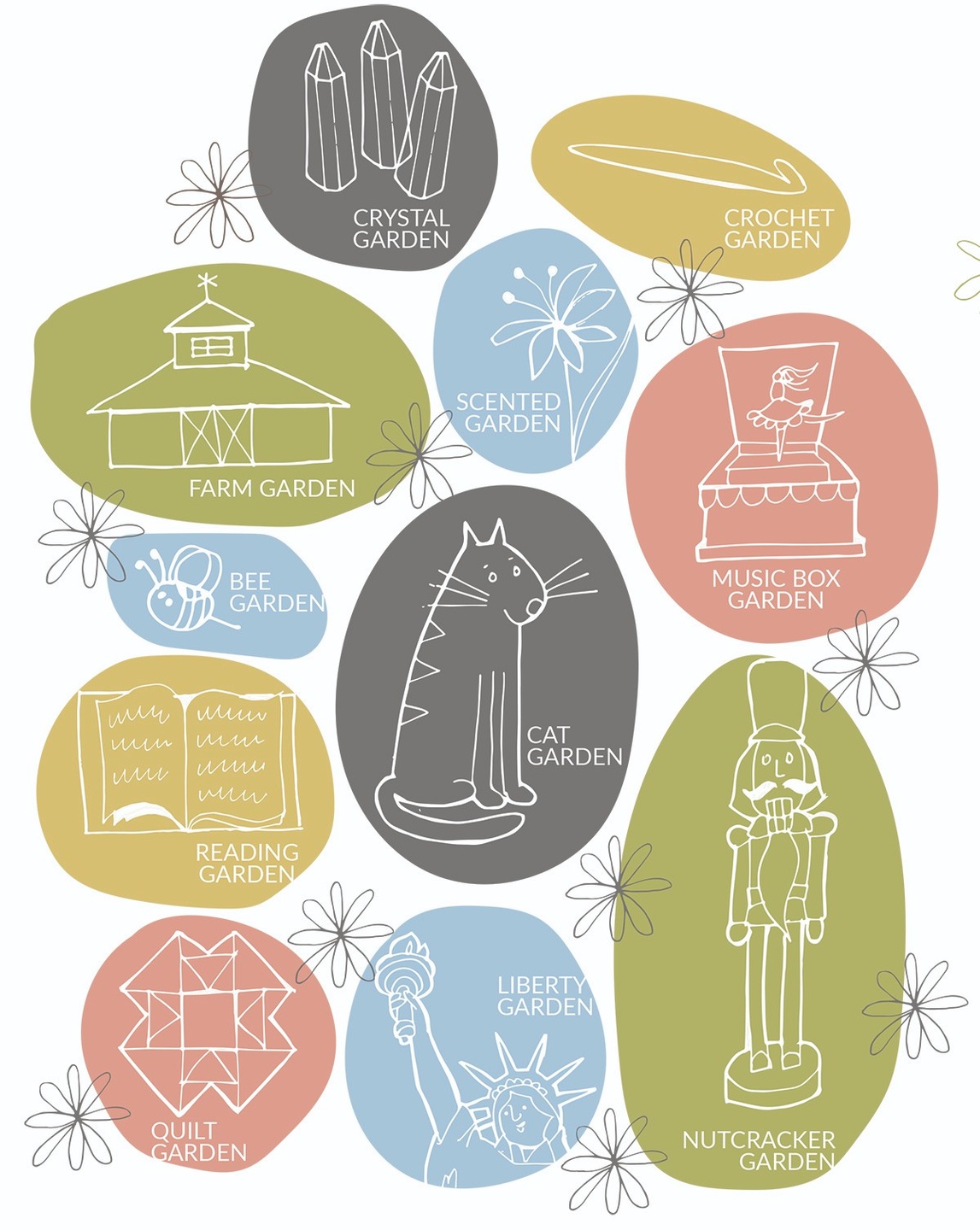
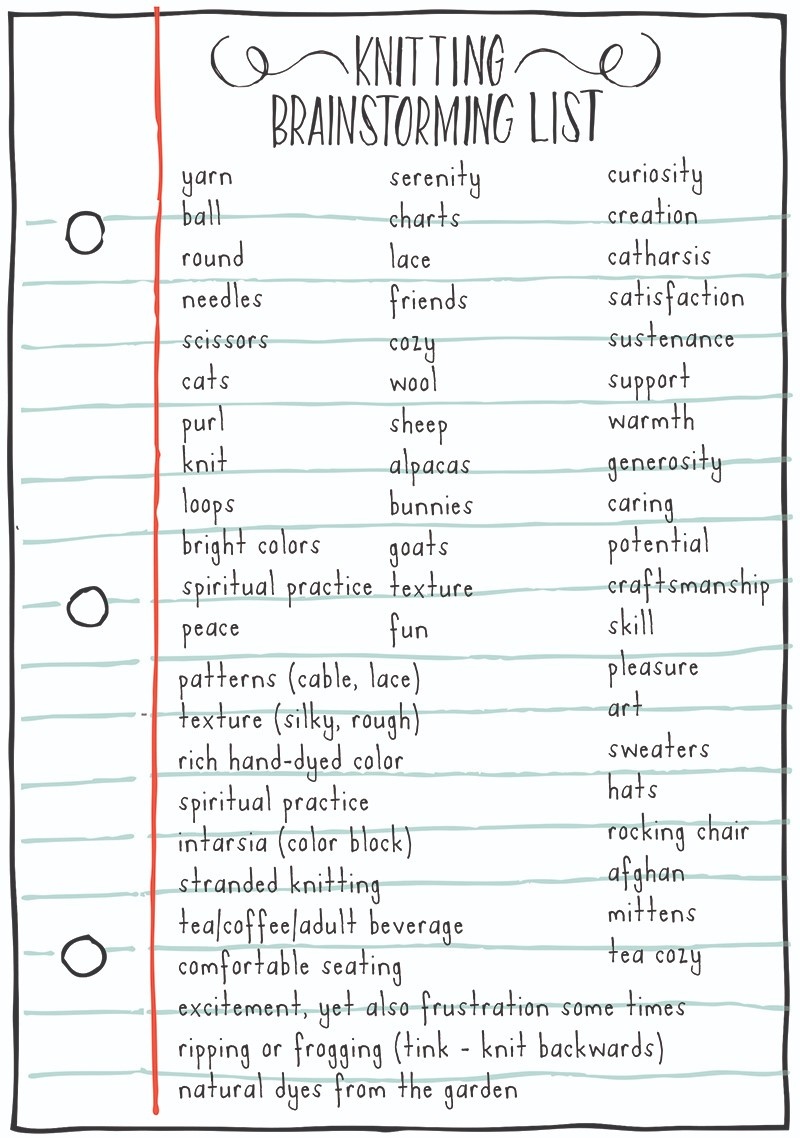
02. BRAINSTORMING
Now that we have a theme (KNITTING) it's time to start transforming it into a garden. Brainstorming is an important step in this process.
What is brainstorming?
-
generating a list of words/ideas around one topic
-
free-flow, no bad ideas
-
by yourself okay, but more people generate more ideas
I can't stress this enough...make this list as long as possible. Please don't write down three things then stop. Challenge yourself to write down 50 words! If you're stuck, call a friend and have them add to it. Remember, these don't have to relate to gardening...just your theme.
With everyone's help I was able to create a fabulous brainstorming list here.
03. RESEARCH
I mentioned above that it's important to make your idea list as long as possible, since that's what feeds the rest of your design. The research step helps lengthen this idea list. Research allows you to find out more about your topic....things you wouldn't necessarily know off the top of your head. It makes your design so much richer. You can put as much time into this step as you'd like...visit a library, interview an expert or simply Google your topic. Ten minutes or ten hours, but it's important that you don't skip this step. It often leads to amazing ideas.
To the right is one sheet of my research notes on knitting (there were three sheets!). I'd like to thank www.knitty.com and www.craftexpert.co.uk for this information. Visit both sites if you'd like to learn more.
Now that we have our brainstorming and research lists complete it's time to start designing! Woo-hoo!
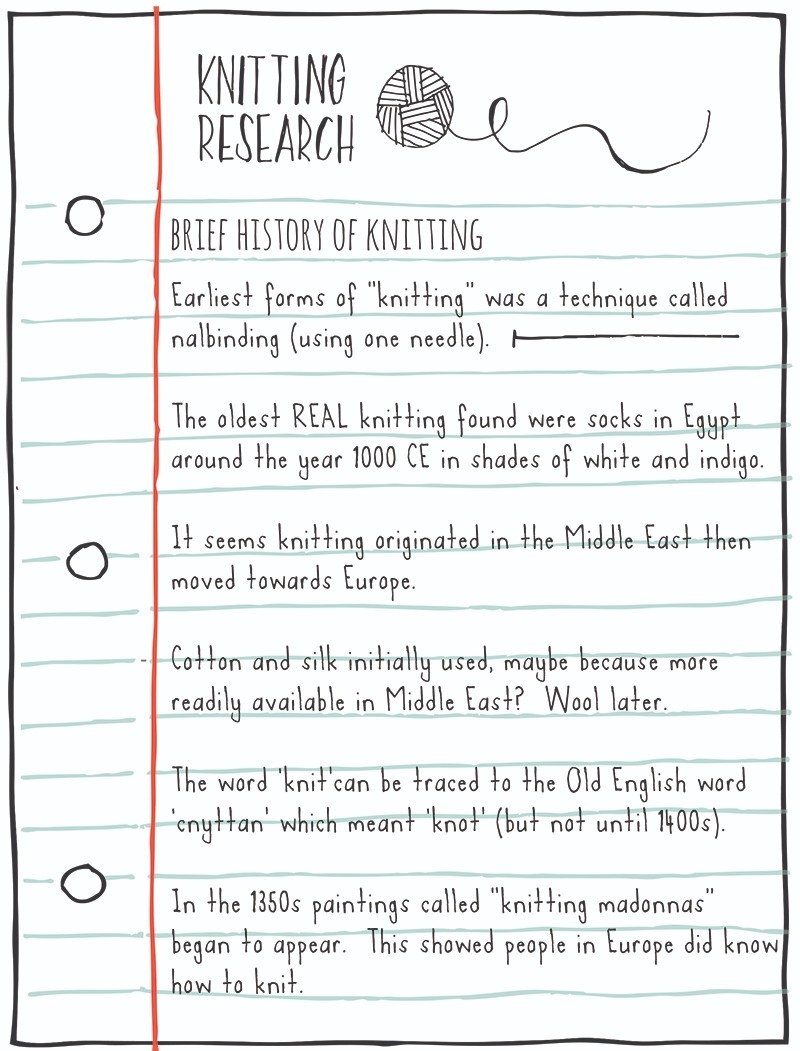
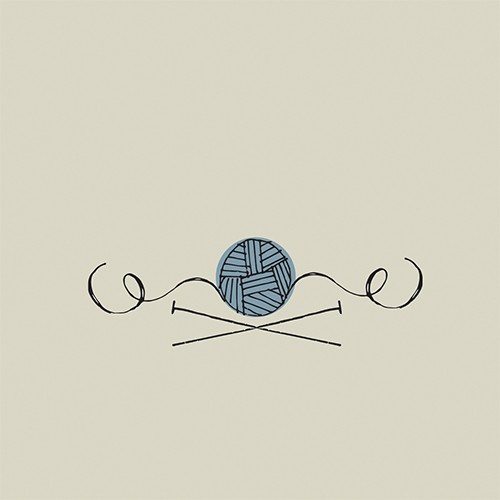
04. TRANSLATING TO PHYSICAL FORM
This step has the most moving parts, so takes a little bit more time, but it's also the most fun! We use our brainstorming and research lists to develop the following items:
-
color
-
structure
-
hardscapes
-
furniture
-
ornamentation
-
plant materials
COLOR
The first part of this step is choosing colors for our theme garden. Our color palette will help us choose furniture, plants, hardscapes, etc. We do this by sifting through our brainstorming and research lists, then look for clues of color choices. Some are obvious while some are not.
I have to admit, knitting was a tough one for me. Since yarn can be any color in the rainbow I needed more restrictions (since it's important to limit your colors to five or less for simplicity sake). With some additional research, I was able to settle on a color palette and more importantly, one that I loved (it's important that you're energized by your choices). The color palette to the right was inspired by the cable knit of fisherman's sweaters at the turn of 20th century.
Of course, my color choices could have veered into many directions. What colors would you have chosen for your knitting garden? Here are some others I considered and why:
-
Blue and white (colors of first knitted socks found in Egypt)
-
Bright, warm colors (reminded me of those cute yarn pompoms)
-
Red (color of socks found in the Middle East crafted in an earlier form of knitting called nalbinding)
-
Pink, Orange and Yellow (these are the colors in a special afghan knitted by my grandmother)


STRUCTURE
Before jumping into the structure for our knitting garden, I'd like to give you a broad overview of this concept.
The structure of a garden is how one gives form to an outdoor space. Rather than placing things willy-nilly, structure will encourage simple, clean lines and reinforce your theme.
To simplify things, think of this structure on the ground plane. Imagine looking at your garden from above in the winter (when the plants are no longer the dominant focus). What shapes and lines would you see?
To establish structure think about:
- Will your space be formal or informal?
- Will your space incorporate a shape like a circle, oval or square?
- Will your space be inspired by a certain garden style like French, Japanese or Mid-Century Modern?
Now let's think about our knitting theme once again. If we look at our brainstorming and research lists does anything stand out to you that might give our garden structure? This is what I found as possibilities:
-
basket-weave, diamond, cable, honeycomb and lace patterns
-
round (yarn balls), loops
-
rows (of knitting)
-
informal, large lawns like the Irish countryside (remember my knitting theme is focusing on Irish fishermen sweaters!)
HARDSCAPES
Hardscapes typically include non-living permanent materials. These can include paving, arbors, pergolas, walls, trellises, fences, gazebos, and whatever other garden architecture you can dream up.
Try to think in three dimensions when considering hardscapes, since you are creating a garden space. An easy way to conceptualize this is in terms of a floor, walls, and ceiling.
Take a shape or two from the last step on garden structure and try converting those to a hardscape element, plus how can our colors be incorporated?
FLOORS
Let's start with the garden floor (paving, for instance). For fun, let's take the idea of knitted cables. When I look at a pattern like this, it makes me think of a herringbone brick design. I also explored other knitting patterns popular in fisherman sweaters.
WALLS
Walls can take many forms including freestanding walls, retaining walls, fences, the sides of a building, or even plant materials. I've included two wall designs, though there are endless possibilities.
CEILINGS
There are also lots of options for ceilings in your garden (including none and just enjoying the sky). I've included one example of how we could incorporate our theme into an overhead structure. This lovely design reminded me of a ball of yarn. Here is the image that inspired me.
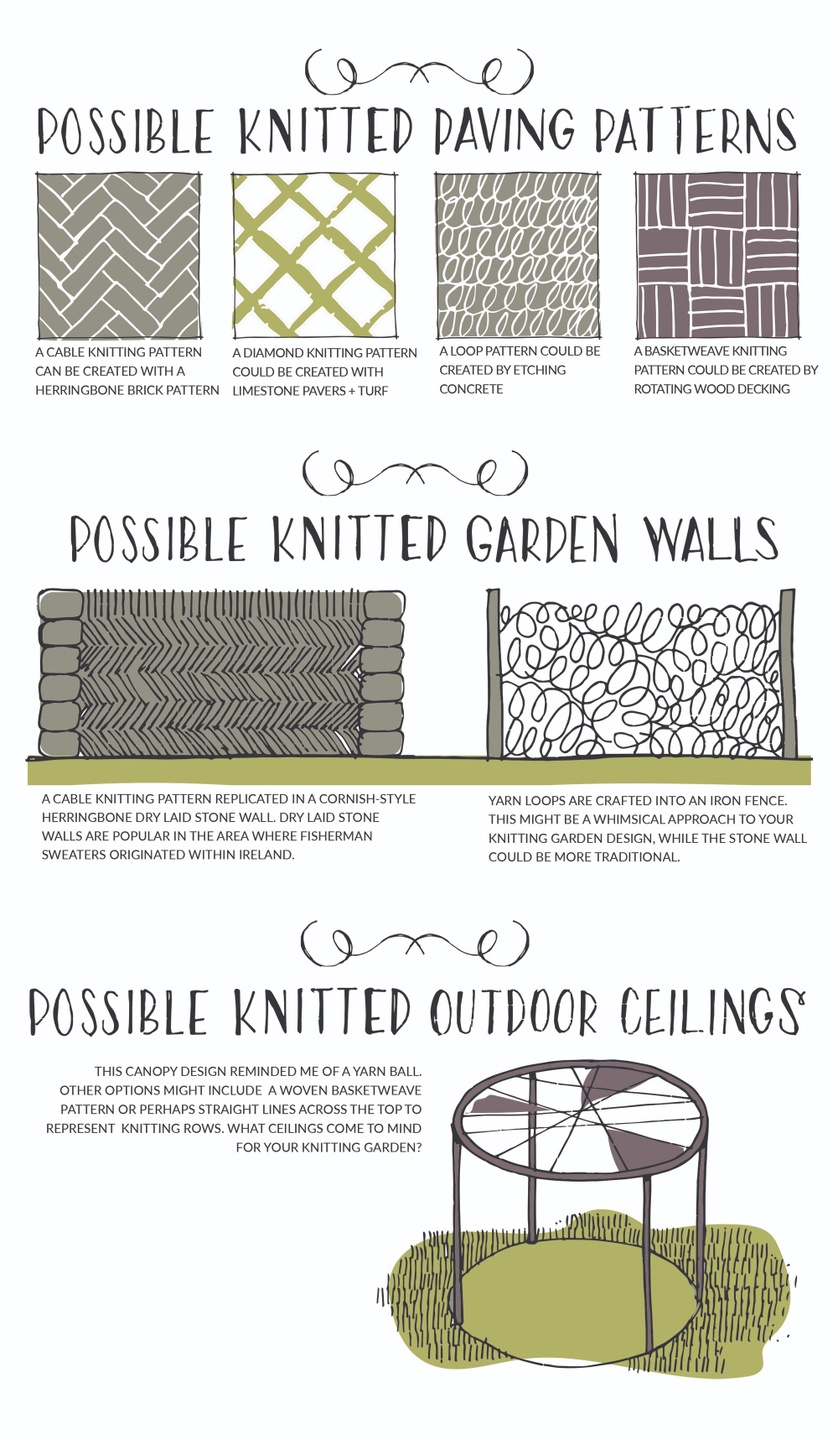

FURNITURE
Now it’s time to dress up our knitting garden with some cozy furniture. This is a great way to extend your garden into something livable.
Using our lists as inspiration once again use the shapes, colors, and possible other words and objects to assist in the selection of chairs, benches, and tables.
Your furniture can be a little crazy or simply paint a traditional item one of your theme colors.
I've included some possibilities for furniture inspired by ideas from our brainstorming and research lists:
1. These knitted chairs were designed by Muse. Could they have been made special just for our theme garden? Crazy!
2. This table's top looks like a yarn ball! You can find it on Overstock.com.
3. This metal chair reminded me of knitting in rows. Simple and sweet.
4. This is named the "loop chair" which grabbed my knitting attention right away, plus it is reminiscent of a yarn ball. It can be found at Urban Outfitters. Here is another cute round chair, plus another similar design that is not quite round, but still yarn-like.
5. For those that like to recycle, these are old tires covered in a beautiful knitted skin. So soft and fabulous! Created by Heins Home.
6. Who doesn't need a looped table for their knitting garden? This one was created by Baita Design.
7. I was just toying with the idea of a yarn ball chair. It could be made of metal with the "yarn strips" crossing over each other as the back support.
8. This chair is all knitting and comfort. It may have to be protected from the weather a bit, but worth it. Created by Veronik A.
9. I threw in this traditional bench, because the pattern reminded me of a cable knit. You could even paint it one of our theme garden colors. Found at Belle Escape.
ORNAMENTATION
Garden ornament is the frosting on the cake.
These are the details that make your space extra-special like lighting, containers, art, mirrors, banners, fountains or any additional tidbit you can imagine.
Please, please keep it simple. Choose one or two special ornaments so that the final result is focused. Too many items will make your space chaotic and ultimately uncomfortable.
As with the other steps, take a look at our brainstorming and research lists to see if anything might inspire a fabulous selection of garden ornament.
With knitting I could have spun off into many directions, but I decided to keep it simple and elegant by focusing on the yarn ball itself...or a sphere.
1. These hanging lights look like small yarn balls and would make any evening extra-special. These could also be a collection of hand-made glue yarn balls.
2. If you have the time and talent, this succulent topiary kissing ball would be a beautiful addition to your knitting garden. You could also try something similar with a wire frame covered in ivy.
3. I love the simplicity of this terra cotta pot filled with stone spheres. It reminds me of a basket filled with yarn, but weather proof!
4. Speaking of stone spheres...why not scatter a few in different sizes as accents in and around your planting beds? Add some rustic charm by allowing moss to take over.
5. For those that like the sound of water, this is a neat sphere fountain by Lowes and another nice design by Stonesmith Garden Vessels.
6. I just whipped up this container design myself. I imagined it being stone, with yarn strands carved in.
7. These spheres are the epitome of yarn balls in either barbed wire or willow. Another option are these lovely dogwood twig spheres.
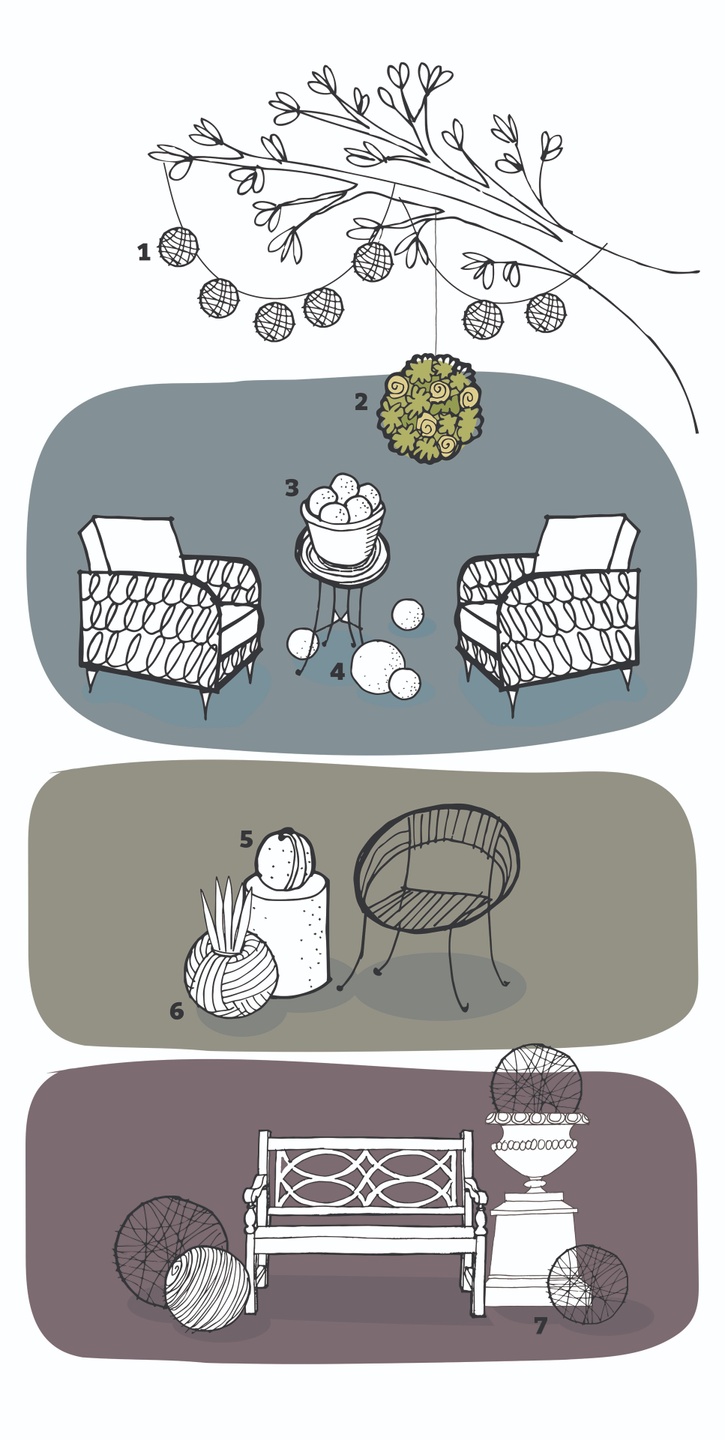

PLANT MATERIALS
This is my favorite part...adding life to the garden!
Planting design is a special skill that is tweaked over time. As you start, jump in, explore, move plants around, and always continue to experiment. Consider the form, texture and color of plants (in that order). I've also listed some planting design tips here.
There are thousands of plants. Having a theme and understanding your site will help whittle down choices. Please always consider your zone, whether the site is shady, sunny, wet or dry, plus soil quality.
To choose plants that reflect your theme think about:
1. Were there any specific plants actually mentioned in our brainstorming and research lists? We didn't have specific plants, but cats were mentioned (catmint!), plus sheep (lamb's ears!). Yes, a little bit of a stretch, but such fun plants to add whimsy to our knitting garden story. Amazingly they fit into our color scheme too!
2. Were there any shapes mentioned that could be reflected in plant materials? We had several shapes, but I still like the circle or sphere as a dominant form since it reminds me of yarn balls.
3. Choose plants based on our color palette. Our color choices were purple, blue, white and gray. This is often the easiest way to narrow down your plant list.
4. Choose plants that have cultivar names that reflect our theme. I didn't have much luck finding plants with knitting terms in their names.
I focused mostly on #2 and #3, plus some inspiration from #1 when making my partial list. I also considered textures, height, form, bloom times and cultural needs (sunny).
There are many more possibilities, but I hope this will give you a good overview of how to start your own plant list.
WHY DID I CHOOSE MY PLANTS?
COLOR: All of these included at least one of the colors in their foliage or flower. Two had it in both (snow-in-summer and cowslick allium)!
CONNECTION TO YARN: As I mentioned above, the catmint and lamb's ears both connect to words on our brainstorming list (cat and sheep). Some plants also have a soft/fuzzy texture reminiscent of yarn (lamb's year, lavender, rosemary, pussy willow, etc.) that could be added
FORM: I chose three plants because their flowers were shaped like yarn balls (the alliums and the snowball viburnum). I also chose two plants because their long, slender flowers reminded me of knitting needles (vernique blue speedwell and caradonna meadow sage).
05. CREATE THE PLAN
All those fabulous colors, hardscapes, furniture, garden ornaments, and plant materials will now merge to create a unique space.
Of course, there are hundreds of possible combinations and I hope you have many other ideas to make your knitting garden special.
Some design hints...
Rather than just plopping elements into your garden, think about how you can create a nice space.
Make sure lawn, patios and bed spaces are all purposeful...not just leftover spaces. They should all have strong shapes.
Most importantly, keep your design simple. Don’t try to incorporate all your ideas. Focus on the ones that make the most sense for your garden.
DO YOU SEE HOW I INCORPORATED MY THEME ELEMENTS?
-
It includes a loop structure that wraps around a patio for group knitting, plus a private space to enjoy knitting alone.
-
The paving represents a basketweave knitting pattern.
-
The blue furniture includes an over-sized knit pattern on the arms, while the single purple chair is inspired by a yarn ball, as are both tables.
-
Garden ornament includes woven willow spheres.
-
Colors were inspired by Irish cable-knit sweaters: blue (sea), purple (cool weather), white (wool) and gray (rocks).
-
The plants were chosen for the reasons listed here.
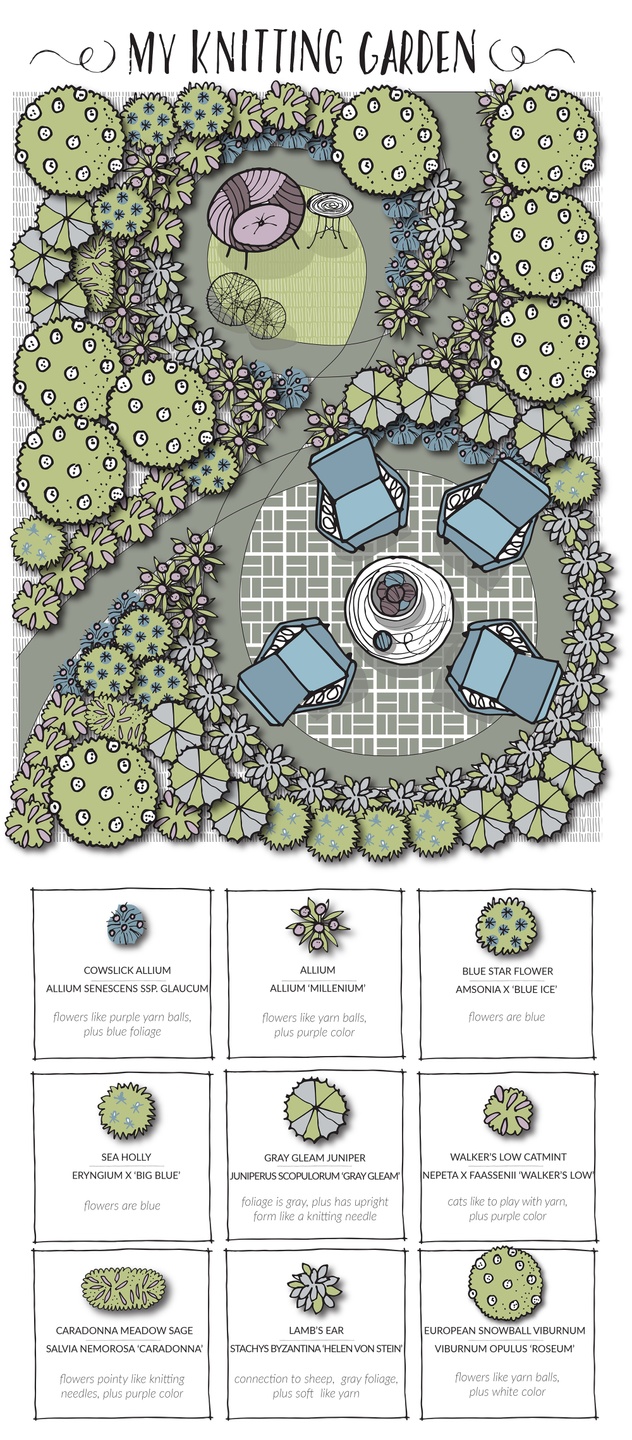

Thank you for taking this adventure with me!
It's always a thrill to see how this process evolves. If you'd like to see additional ideas collected for my knitting garden, please visit my Pinterest Board.
What would you have included in a knitting garden?
Please take me back to PAPER GARDEN WORKSHOP. I can't wait to learn more!

